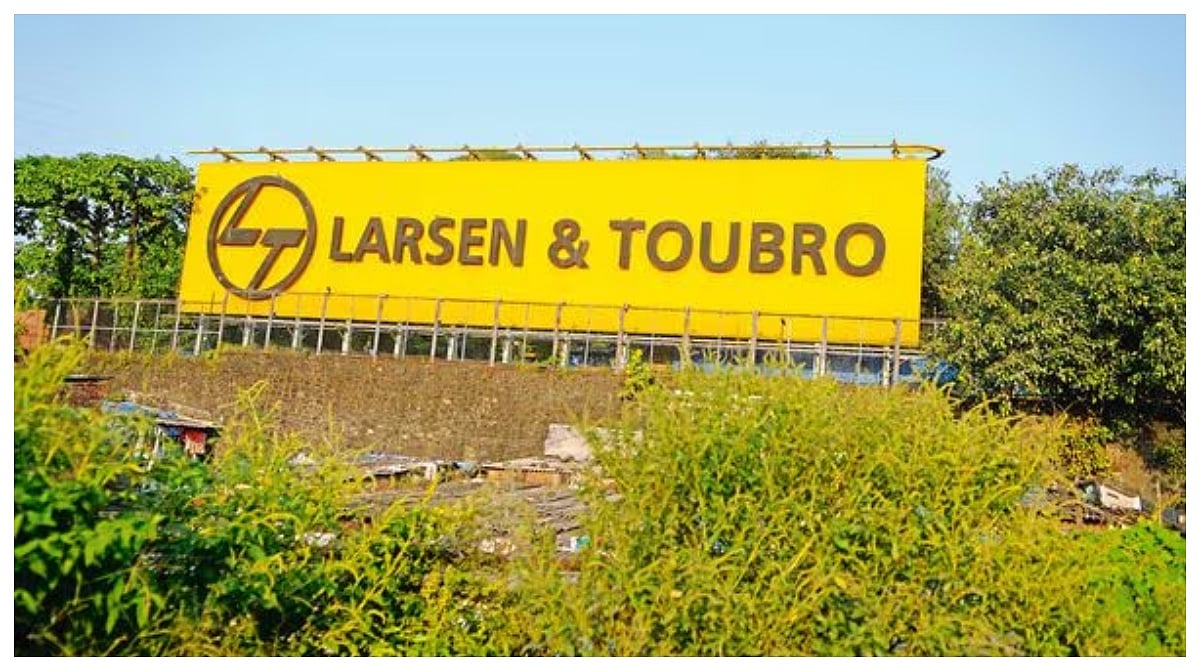Melbourne: A rare element discovered in the coral skeletons of Australia's iconic Great Barrier Reef will help understand the environmental history of nearby regions, scientists said. The researchers at The University of Queensland in Australia found that concentrations of the element vanadium in coral is directly linked to forest burning and land clearing in the area.
According to Narottam Saha from Queensland's Sustainable Minerals Institute (SMI), the remarkable correlation meant researchers could now accurately examine the region's environmental history.
"Great Barrier Reef coral skeleton's geochemistry contains a concentration of vanadium that correlates directly with clearing and forest fires in the adjacent Fitzroy River catchment," Saha said. "Coral skeletons contain a unique archive of geochemical data that allows for accurate chronological interpretations of the environmental histories of tropical and sub-tropical regions," he said.
By analysing a coral skeleton that grew between 1957 and 2010, the researchers were able to distinctly observe the effects of the Vegetation Management Act 1999, which led to a decrease in land clearing. "We believe forest fires result in the release of a soluble form of vanadium bound to soil minerals, allowing surface runoff to transport it to the sea where it is incorporated into coral," he said.
Saha said the technique might provide governments with a tool to measure and monitor the effectiveness of legislation aimed at regulating catchment modification. "This is the first example of an element directly relating to the timing of land clearing or burning," he said. "The projected increase in forest fires associated with anthropogenic climate change means understanding the effects of fires on water quality is increasingly important," said Saha.
UQ palaeontologist and sedimentologist Gregory Webb said the results provided a valuable new tool for monitoring land clearing and burning trends in appropriate catchments. "Aside from increasing our understanding of the effects and nature of fires in the environment, this research has direct relevance to environmental protection of the Great Barrier Reef by informing better land management and may allow monitoring of historic and ongoing catchment management practices elsewhere," Webb said.









